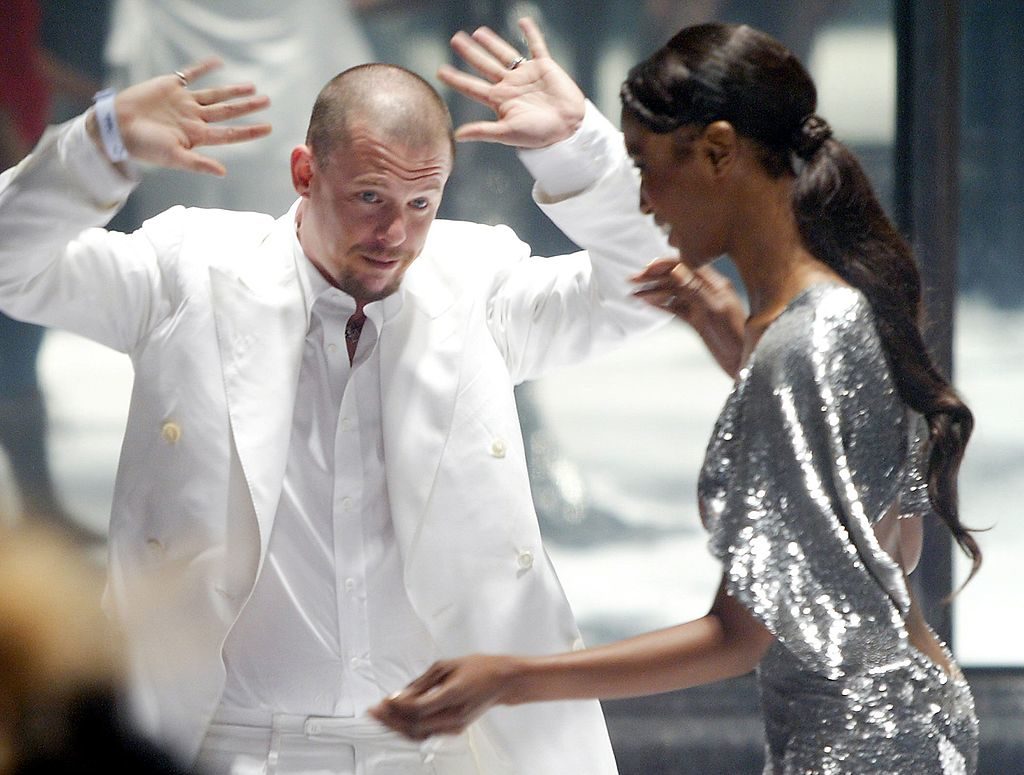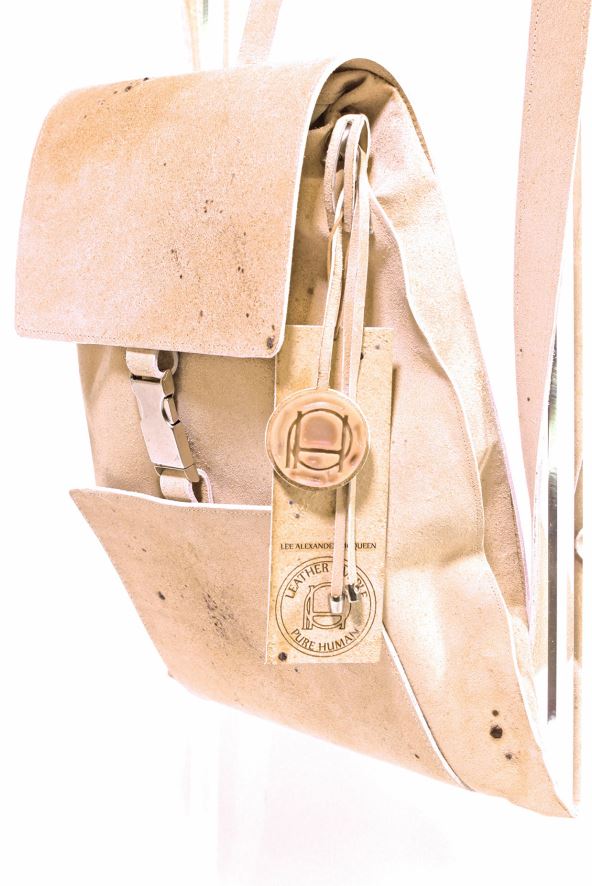Law & Politics
Design Student to Make Bag With Alexander McQueen’s Skin
The Guardian's Jonathan Jones is freaking out about it.

The Guardian's Jonathan Jones is freaking out about it.

Rain Embuscado

Tina Gorjanc, a student at London’s Central Saint Martins College of Art and Design, has been garnering attention for her quest to create an accessory line made with the skin of late designer Alexander McQueen.
In typical fashion, the Guardian‘s Jonathan Jones did a hot take for his fans, stating in his latest column: “The idea of making art with human bodies disturbs me…”
Gorjanc, who is finishing a master’s in material futures, applied to patent the fashion designer’s genetic information as source material for the production of human leather. For the procedure, the arts student proposes using a sample of the fashion designer’s hair to manufacture his skin through stem cells. At face value, the project, aptly called “Pure Human,” seems like a stunt similar to Wim Delvoye’s work tattooing pigs with designer labels, or one similar to Orlan’s body modifications.
Related: French Artist Orlan Takes $31.7 Million Lawsuit Against Lady Gaga to New York
But had Jones paid closer attention, he’d find that Gorjanc’s proposal operates at the heart of a much larger issue. “If a student like me was able to patent a material extracted from Alexander McQueen’s biological information, and there was no legislation to stop me, we can only imagine what big corporations with bigger funding are going to be capable of doing in the future,” Gorjanc told the New York Times.

Tina Gorjanc, Pure Human. Courtesy of the artist.
According to a statement on the artist’s website, the “Pure Human” project “aims to address shortcomings concerning the protection of biological information and move the debate forward using current legal structures.” Put simply, Gorjanc wants to shine a light on how genetic information can be patented now, and in the future.
Related: Wim Delvoye Wants to Move His Entire Production to Iran
“I know many people have been made uncomfortable by the work I’ve been doing, calling it Frankenfashion,” Ms. Gorjanc said to the Times, “but I think I am prompting the right sort of questions for this industry in the 21st century.”